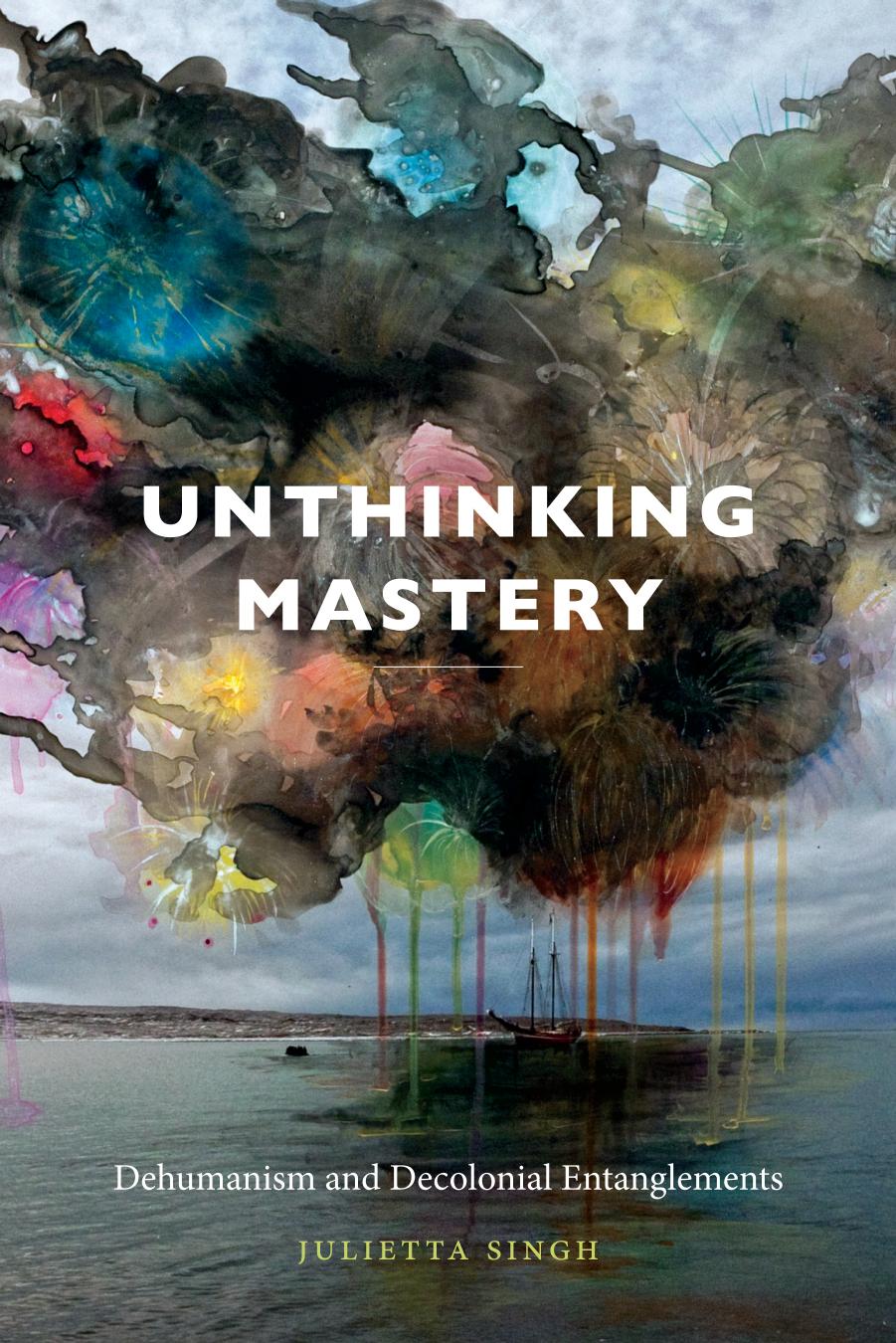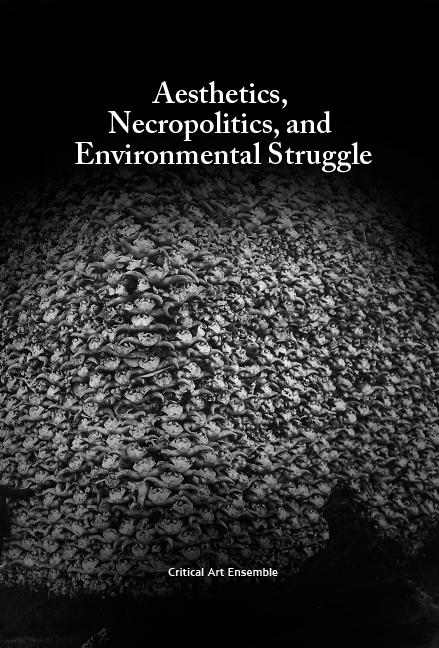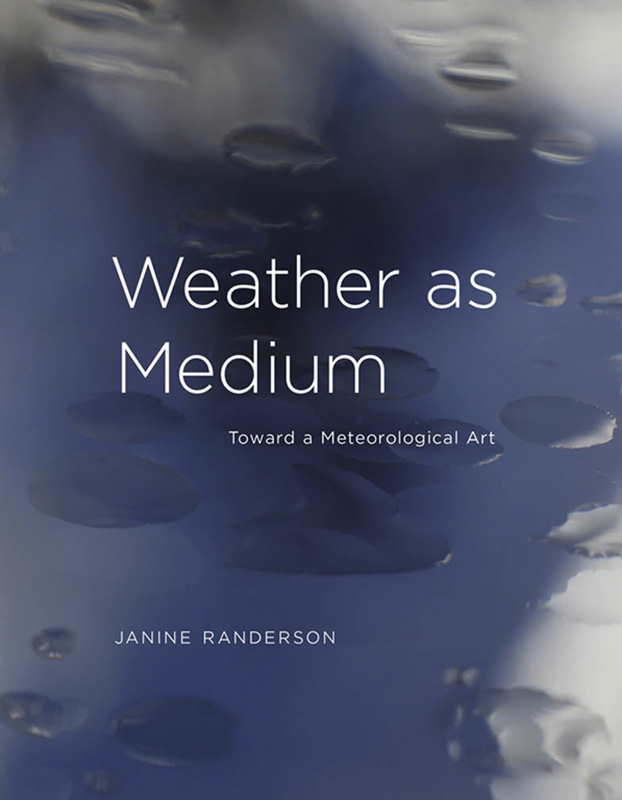Julietta Singh: Unthinking Mastery: Dehumanism and Decolonial Entanglements (2018)
Filed under book | Tags: · decolonization, entanglement, literary criticism, postcolonialism

“In Unthinking Mastery Julietta Singh challenges a core, fraught dimension of geopolitical, cultural, and scholarly endeavor: the drive toward mastery over the self and others. Drawing on postcolonial theory, queer theory, new materialism, and animal studies, Singh traces how pervasive the concept of mastery has been to modern politics and anticolonial movements. She juxtaposes destructive uses of mastery, such as the colonial domination of bodies, against more laudable forms, such as intellectual and linguistic mastery, to underscore how the concept—regardless of its use—is rooted in histories of violence and the wielding of power.
For anticolonial thinkers like Fanon and Gandhi, forms of bodily mastery were considered to be the key to a decolonial future. Yet as Singh demonstrates, their advocacy for mastery unintentionally reinforced colonial logics. In readings of postcolonial literature by J. M. Coetzee, Mahasweta Devi, Indra Sinha, and Jamaica Kincaid, Singh suggests that only by moving beyond the compulsive desire to become masterful human subjects can we disentangle ourselves from the legacies of violence and fantasies of invulnerability that lead us to hurt other humans, animals, and the environment.”
Publisher Duke University Press, Durham, 2018
ISBN 9780822369226, 0822369222
xi+201 pages
Reviews: Melinda Backer (ASAP Journal, 2018), Justyna Poray-Wybranowska (Contemporary Women’s Writing, 2018), Michael Mulvey (Studies in 20th & 21st Century Literature, 2018).
Interview with author (Roberto Sirvent, Black Agenda Report, 2018)
Critical Art Ensemble: Aesthetics, Necropolitics, and Environmental Struggle (2018)
Filed under book | Tags: · aesthetics, anthropocene, biopolitics, climate crisis, environment, necropolitics, politics

“With typical sangfroid, CAE dissects the beast of our own making: the Anthropocene. Clarifying the philosophical roots of the Euro-American confusion about nature, this text offers severe and essential medicine for coming to terms with our ecological predicament.” –Claire Pentecost, professor, School of the Art Institute of Chicago
“This book presents a perspective about the environmental crisis that I suspected was there but couldn’t put my finger on. Follow these authors deep into one of the biggest cultural lacunas of our day: necropolitics. This book fully abandons solutionist bull in favor of a measured approach grounded only in what we know. Read it, weep, and then kick ass. Once again, CAE has blown my fucking mind.” –Mike Bonanno, The Yes Men
Publisher Autonomedia, Brooklyn, NY, 2018
Anti-copyright
ISBN 1570273375, 9781570273377
167 pages
PDF (pages 120-127 missing)
PDFs
Janine Randerson: Weather as Medium: Toward a Meteorological Art (2018)
Filed under book | Tags: · art, art criticism, climate, cosmology, ice, indigenous peoples, maori, media, meteorology, science, sensors, weather, wind

“An exploration of artworks that use weather or atmosphere as the primary medium, creating new coalitions of collective engagement with the climate crisis.
In a time of climate crisis, a growing number of artists use weather or atmosphere as an artistic medium, collaborating with scientists, local communities, and climate activists. Their work mediates scientific modes of knowing and experiential knowledge of weather, probing collective anxieties and raising urgent ecological questions, oscillating between the “big picture systems view” and a ground-based perspective. In this book, Janine Randerson explores a series of meteorological art projects from the 1960s to the present that draw on sources ranging from dynamic, technological, and physical systems to indigenous cosmology.
Randerson finds a precursor to today’s meteorological art in 1960s artworks that were weather-driven and infused with the new sciences of chaos and indeterminacy, and she examines work from this period by artists including Hans Haacke, Fujiko Nakaya, and Aotearoa-New Zealand kinetic sculptor Len Lye. She looks at live experiences of weather in art, in particular Fluxus performance and contemporary art that makes use of meteorological data streams and software. She describes the use of meteorological instruments, including remote satellite sensors, to create affective atmospheres; online projects and participatory performances that create a new form of “social meteorology”; works that respond directly to climate change, many from the Global South; artist-activists who engage with the earth’s diminishing cryosphere; and a speculative art in the form of quasi-scientific experiments. Art’s current eddies of activity around the weather, Randerson writes, perturb the scientific hold on facts and offer questions of value in their place.”
Publisher MIT Press, 2018
Leonardo series
ISBN 9780262038270, 0262038277
xl+233 pages

